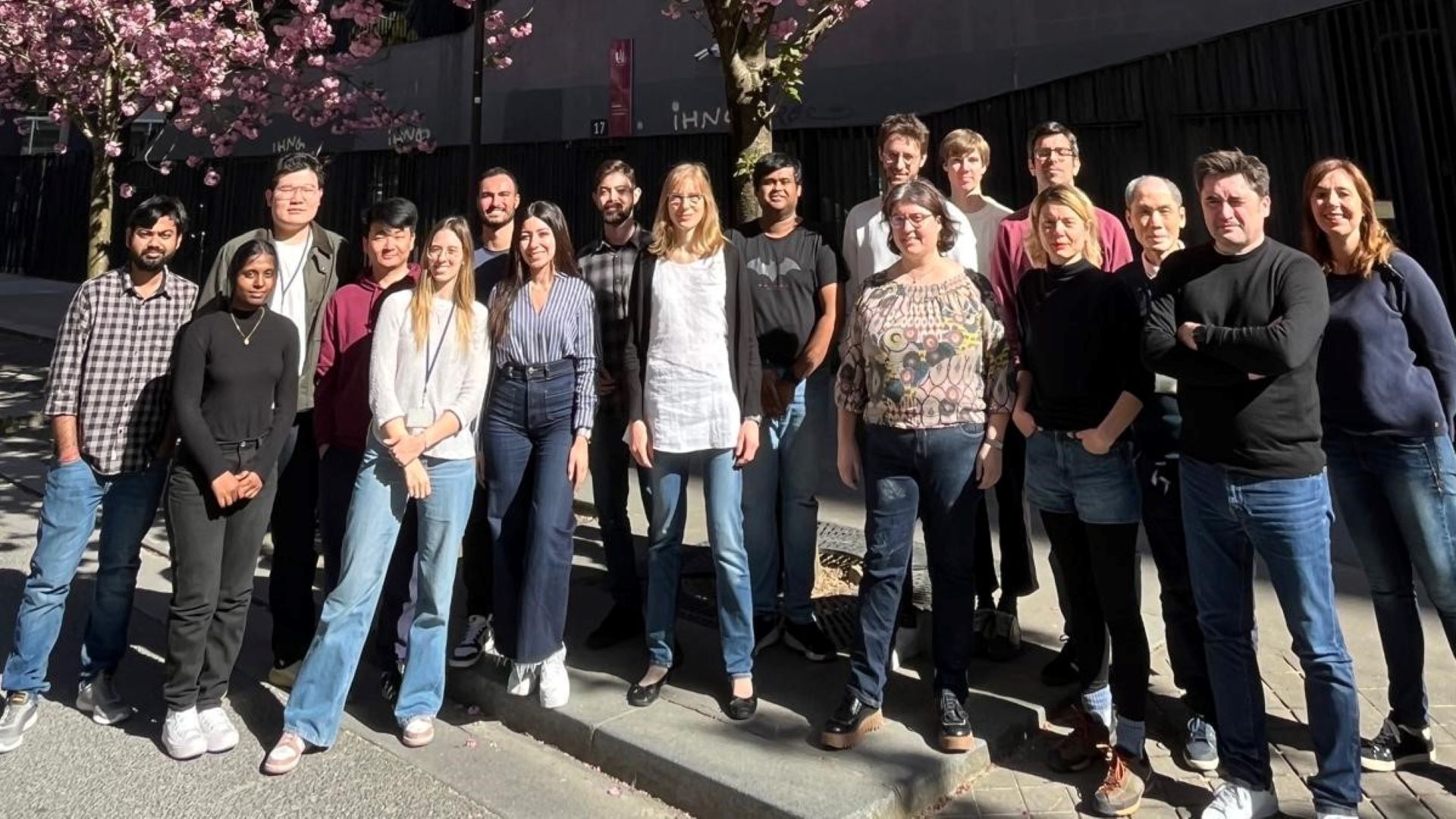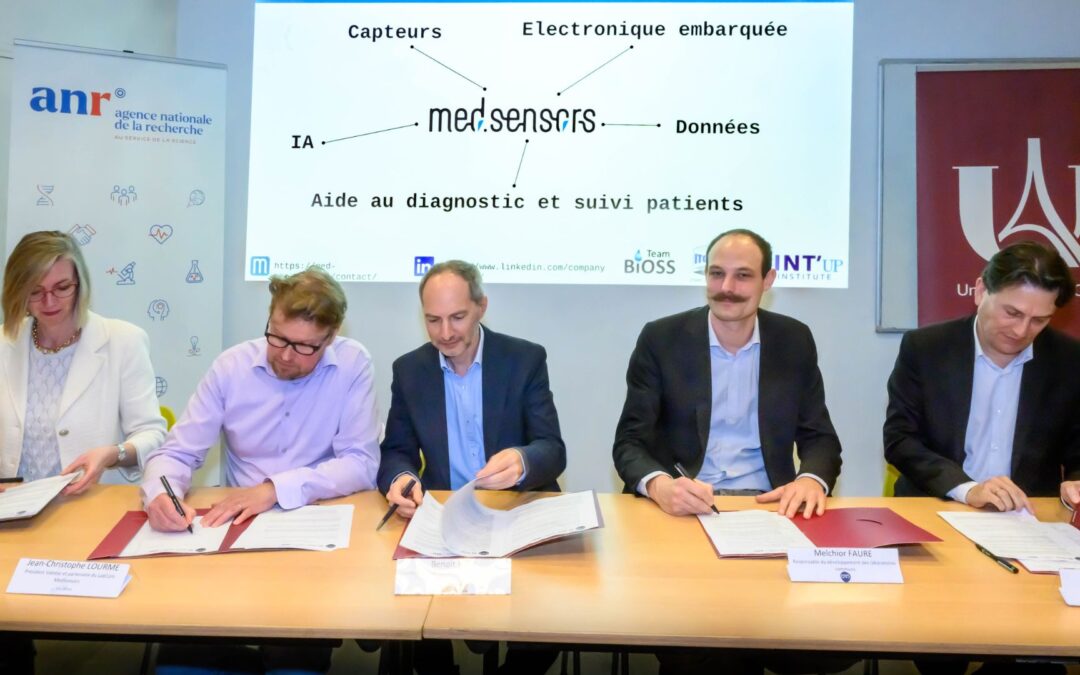NanoCat team
Keywords: Materials, Nanomaterials, Formation mechanisms, Thermocatalysis, Electrocatalysis, Photocatalysis

NanoCat Team
Spring 2025
© JYP
The activities of the NanoCat team focus on the development of new materials and nanomaterials for applications related to energy, catalysis, or the environment.
The team has recognized expertise in the synthesis of inorganic materials with controlled composition, structure, size, and shape, mainly through the use of soft chemistry methods.
As a specialist in the polyol method historically developed in the laboratory, the team is now exploring new and original synthesis approaches (long-chain alcohol route, spray-drying, solution replacement methods, etc.), the development of hybrid materials combining several metallic and/or oxide phases, as well as the organization of nano-objects into supercrystals to harness potential collective effects.
Team members are also working toward a better understanding of the mechanisms underlying the formation of the functional materials they prepare, notably through the implementation of operando methods, with the aim of optimizing the desired properties.
Among the targeted applications are water electrolysis using devices incorporating ion-exchange membranes, the (thermo-, electro-, photo-) catalytic transformation of valuable organic substrates and hydrogen, depollution, and, from a more fundamental perspective, the study of photoinduced charge carrier transfer phenomena.
Materials and Nanomaterials: syntheses and elucidation of the formation mechanisms
Thermocatalysis
Electrocatalysis
Photocatalysis
Actualités de l’équipe NanoCat

Launch of LabCom MedSensors: A Collaboration to Revolutionize Healthcare Microsensors
Université Paris Cité, CNRS, and ValoTec, with the support of the French National Research Agency (ANR), announce the creation of LabCom MedSensors, a joint laboratory dedicated to the industrialization of printed connected microsensors for the healthcare sector. This...
